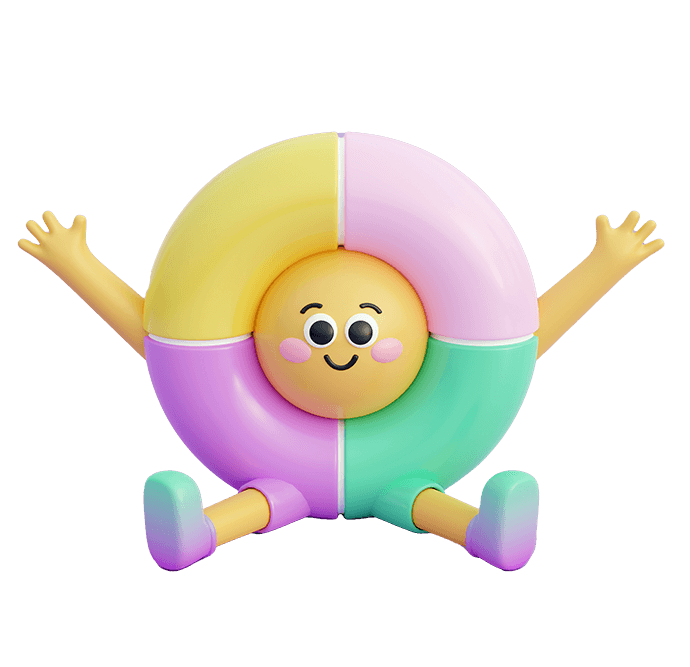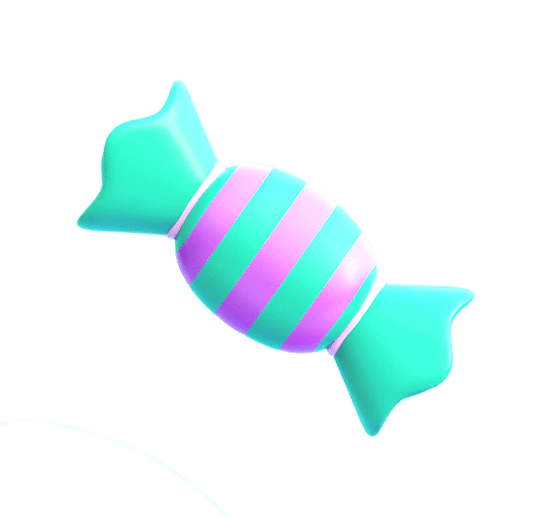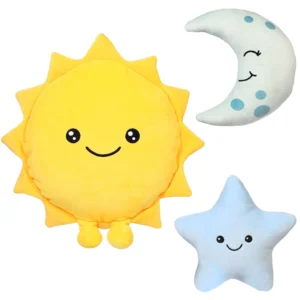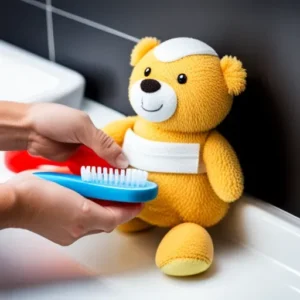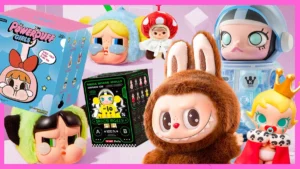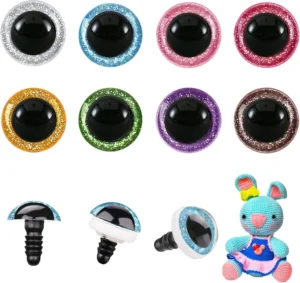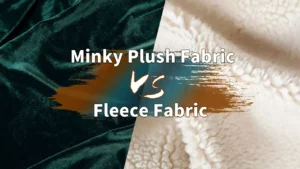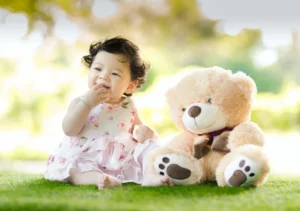Stuffed animals are more than just toys; they have deep cultural significance, offer psychological benefits, and play an important role in marketing and therapy. Understanding their meaning provides insight into their enduring popularity across generations.
Stuffed animals are plush toys typically filled with soft materials and crafted to resemble animals. Originating as comforting toys for children, they have evolved into collectibles and therapeutic tools. Their meaning extends beyond play, providing psychological comfort, branding opportunities, and educational benefits, while also symbolizing emotional attachment.
Now, let’s explore how stuffed animals have evolved and how their meaning has changed over time.
1. What Defines A Stuffed Animal In Terms Of Its Origin And Cultural Significance?
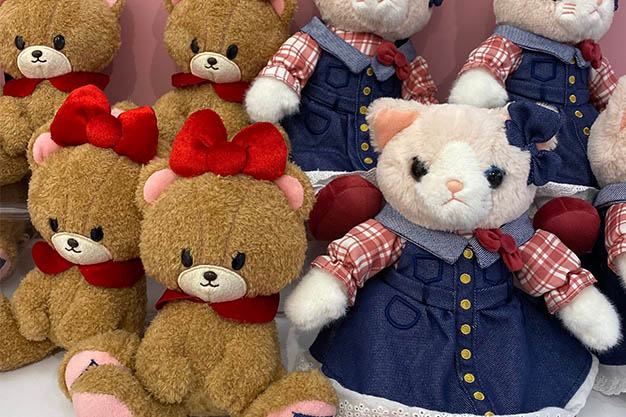
Stuffed animals are defined by their construction: soft, fabric-covered toys filled with a variety of materials such as polyester fiberfill, cotton, or beans. The term “stuffed animal” typically refers to toys designed to resemble real or imagined animals, with a strong emphasis on the soft, cuddly nature that appeals to children and adults alike.
Historically, stuffed animals emerged in the late 19th century. The first commercially successful stuffed animal was the Teddy Bear, created in honor of Theodore Roosevelt’s hunting trip where he spared a bear cub. Since then, stuffed animals have become cultural icons, linked to childhood comfort, nostalgia, and emotional connection.
Culturally, stuffed animals are often seen as symbols of security, companionship, and love. They have transcended their original function as playthings to become sentimental keepsakes, gifts, and comfort objects. Across different cultures, they are given to children, used for decorative purposes, and even cherished by adults as nostalgic or therapeutic items.
| Aspect | Description | Cultural Role |
|---|---|---|
| Animal Representation | Plush toys resembling animals | Comfort and emotional connection |
| Soft Materials | Polyester, cotton, etc. | Physical comfort, security |
| Historical Significance | Originated in late 1800s | Cultural icons and emotional symbols |
Understanding the origin and cultural significance of stuffed animals highlights their broad emotional and psychological impact.
2. How Have Stuffed Animals Evolved From Traditional Toys To Collectibles?
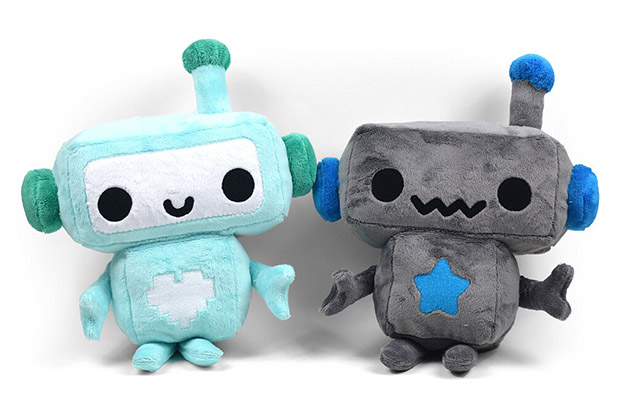
Stuffed animals have undergone a significant transformation, moving beyond traditional children’s toys to become valuable collectibles and even investments.
The shift toward collectibles began in the 20th century when brands such as Steiff, known for producing high-quality, handmade bears, introduced limited editions and special designs. Collectors began to recognize the value of these items, not just for their aesthetic appeal but for their historical and cultural significance.
Today, stuffed animals are highly sought after in the collectible market, particularly rare or limited-edition pieces. They are often associated with specific brands, characters from popular media, or even significant cultural events.
This evolution reflects a broader cultural trend where toys and childhood objects take on new roles as collectibles, often tied to nostalgia, investment potential, and cultural status.
| Evolutionary Stage | Description | Key Drivers |
|---|---|---|
| Traditional toys | Cuddly, comforting toys for children | Emotional attachment, comfort |
| Collectibles | Rare or limited-edition plush items | Investment, nostalgia, exclusivity |
| Brand and Media Tie-ins | Tied to popular characters or brands | Commercial success, demand |
The evolution of stuffed animals into collectibles demonstrates their lasting appeal and versatility across different markets.
3. What Psychological Benefits Do Stuffed Animals Offer To Children And Adults?
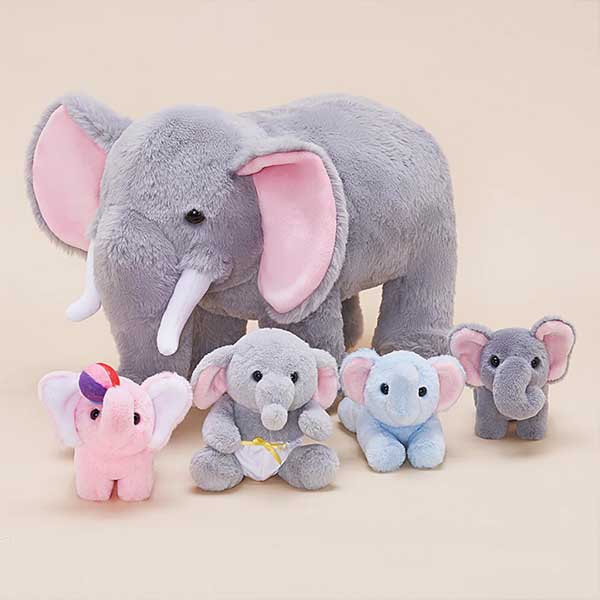
Stuffed animals provide significant psychological benefits, particularly in terms of emotional comfort and developmental support.
For children, stuffed animals serve as a source of comfort and security. They offer a non-threatening outlet for emotional expression, help with managing stress, and provide a consistent presence during moments of change or fear, such as during the night or in unfamiliar environments.
For adults, stuffed animals often serve as nostalgic items that remind them of childhood, offering comfort in times of stress or loneliness. They are also commonly used in therapeutic settings, providing emotional support and serving as a grounding tool for managing anxiety or grief.
Psychologically, stuffed animals foster a sense of attachment, helping both children and adults develop healthy emotional coping strategies. For children, they play an important role in developing empathy and social skills through imaginative play and caretaking.
| Age Group | Psychological Benefits | Key Emotional Impact |
|---|---|---|
| Children | Comfort, security, emotional expression | Reduces stress, fosters empathy |
| Adults | Nostalgia, comfort, stress relief | Provides emotional grounding |
| Therapeutic Use | Support in managing anxiety or grief | Emotional support, safety |
Stuffed animals’ emotional significance helps promote well-being across age groups.
4. How Do Materials And Craftsmanship Impact The Meaning Of Stuffed Animals?
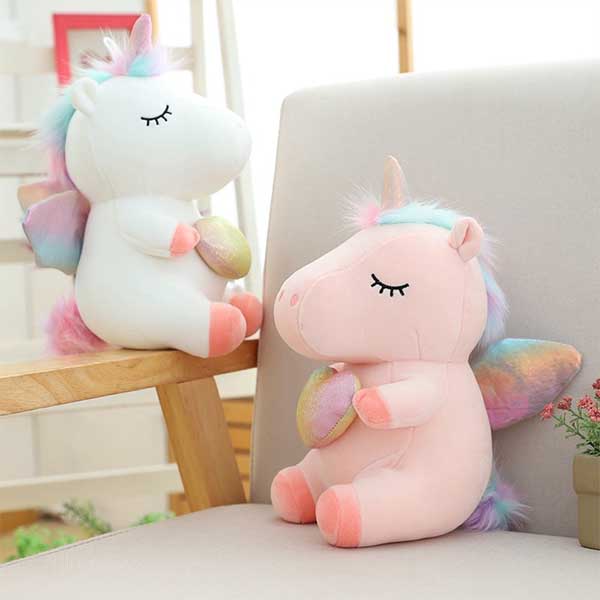
The materials and craftsmanship of stuffed animals significantly contribute to their perceived value and emotional connection.
High-quality materials, such as premium plush fabrics, non-toxic dyes, and hypoallergenic stuffing, not only ensure safety but also enhance the tactile experience. The soft feel of a well-made stuffed animal adds to its appeal as a comfort object.
Craftsmanship also plays a major role. Handcrafted or carefully sewn toys, with reinforced seams and secure stitching, increase the toy’s durability and value, making them more desirable as long-lasting companions or collectibles.
The attention to detail—such as embroidered facial features, intricate clothing, or added textures—enhances the emotional attachment to the toy, transforming it from a simple plaything to a cherished item.
| Material/Technique | Purpose | Emotional Impact |
|---|---|---|
| Premium plush fabric | Softness, durability | Enhances comfort and attachment |
| Non-toxic dyes | Safe for children | Ensures safety and trust |
| Handcrafted details | Unique, personalized touch | Increases emotional value |
Materials and craftsmanship contribute significantly to the deeper meaning of a stuffed animal, adding value beyond mere functionality.
5. What Role Do Stuffed Animals Play In Branding And Promotional Marketing?
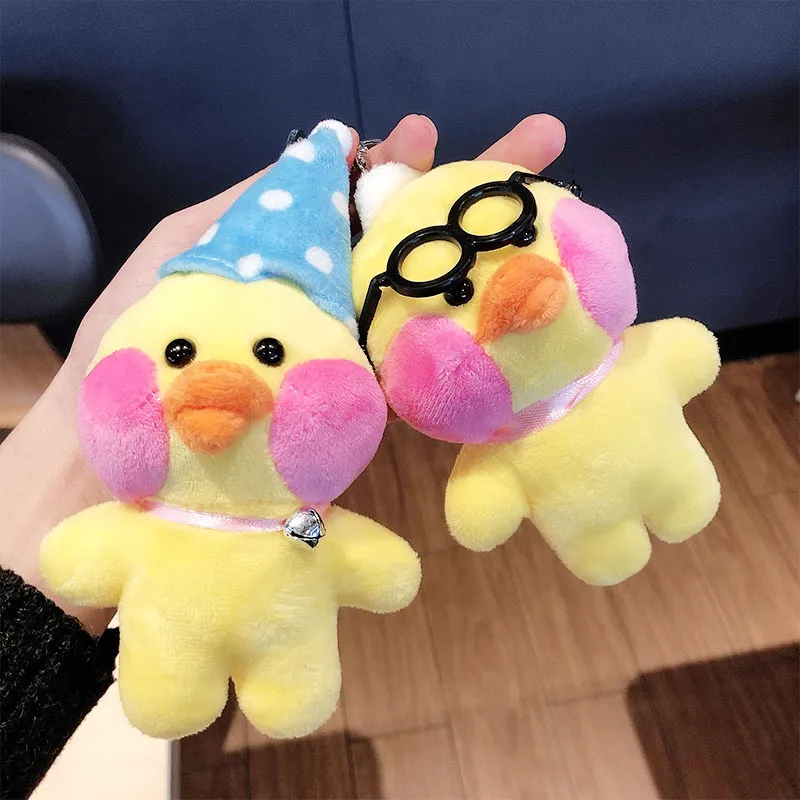
Stuffed animals have become powerful tools in branding and promotional marketing due to their emotional appeal and widespread popularity.
Brands use customized stuffed animals to increase customer engagement, often using them as giveaways at trade shows, charity events, or as part of promotional campaigns. These plush toys act as a memorable marketing tool, connecting the brand with positive emotions and customer loyalty.
Customized stuffed animals featuring a company’s logo or mascot reinforce brand recognition and provide a tangible representation of the brand’s identity. Promotional stuffed toys also serve as unique incentives, improving customer retention and helping to stand out in crowded markets.
Companies like Kinwin provide customization options for plush toys, allowing brands to design unique stuffed animals that reflect their identity and resonate with their target audience.
| Branding Strategy | Description | Benefits |
|---|---|---|
| Custom stuffed animals | Personalized toys with logos | Increases brand visibility |
| Promotional giveaways | Toys given as incentives | Enhances customer engagement |
| Mascot-based toys | Toys shaped like brand mascots | Fosters emotional connection |
Stuffed animals play an essential role in building brand loyalty and consumer recognition.
6. How Can Stuffed Animals Be Used As Tools For Learning And Therapy?
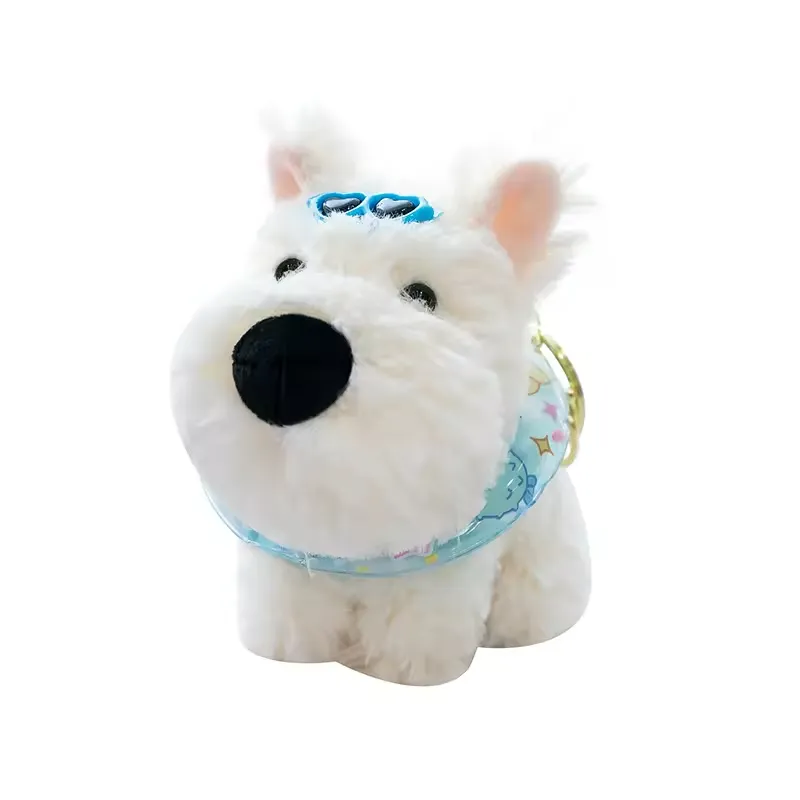
Stuffed animals are widely used as tools for learning and therapy, offering emotional support, teaching opportunities, and fostering development.
In educational settings, stuffed animals are used to teach children about empathy, caring for others, and social interaction. They are often employed as “classroom pets” that children care for, providing a hands-on approach to learning responsibility.
Therapeutically, stuffed animals are commonly used in counseling or play therapy, where they help children express emotions and navigate difficult situations. They can also serve as a calming presence for individuals dealing with trauma, anxiety, or grief, providing comfort during emotional challenges.
For children with autism or other developmental conditions, stuffed animals are often used to facilitate social interaction, improve communication skills, and provide sensory stimulation.
| Therapy/Use Case | Purpose | Benefits |
|---|---|---|
| Educational tool | Teaches empathy, care | Fosters responsibility |
| Play therapy | Emotional expression support | Facilitates communication |
| Autism therapy | Improves social skills | Enhances sensory development |
Stuffed animals have proven their value as effective tools for learning and emotional well-being.
Stuffed animals are more than just toys—they hold deep cultural, emotional, and therapeutic significance. Their evolution from comforting toys to collectibles, combined with their role in branding and therapy, showcases their enduring importance in society.
For high-quality, customizable stuffed animal manufacturing, contact Amanda at [[email protected]] or visit [https://plushtoyinchina.com].

